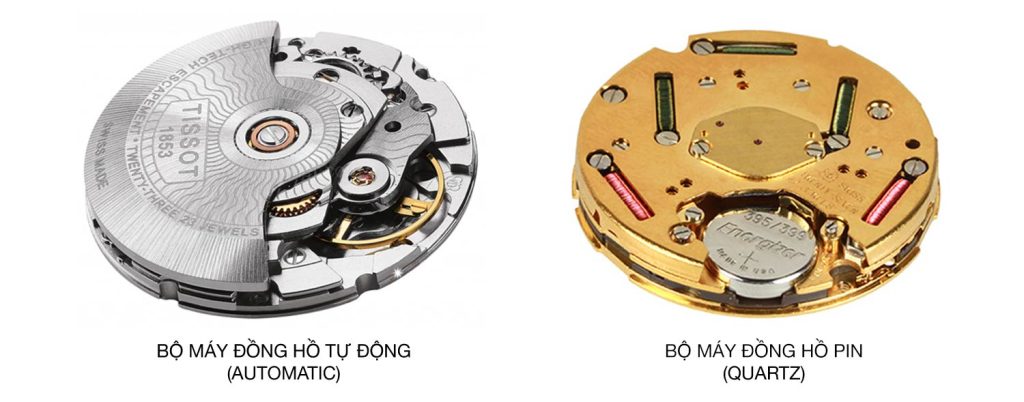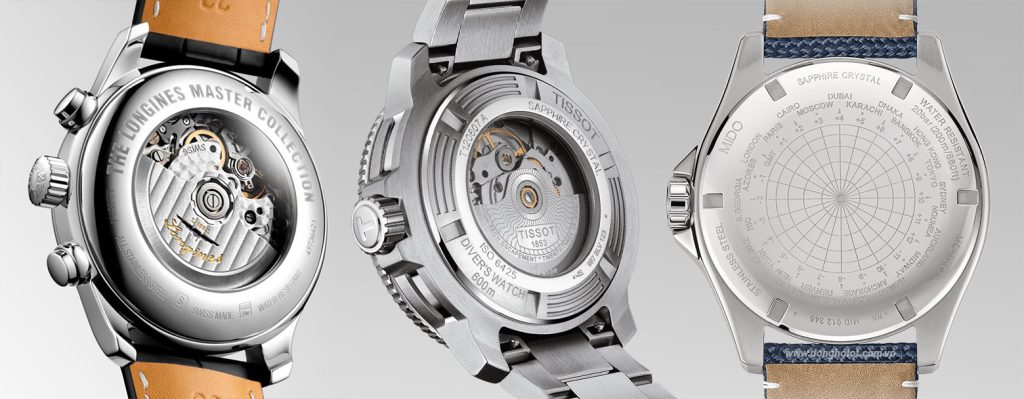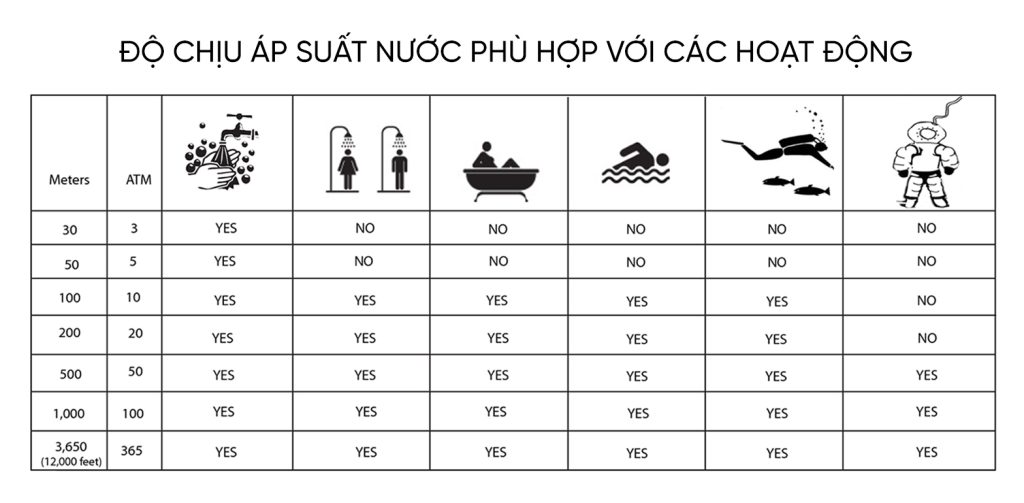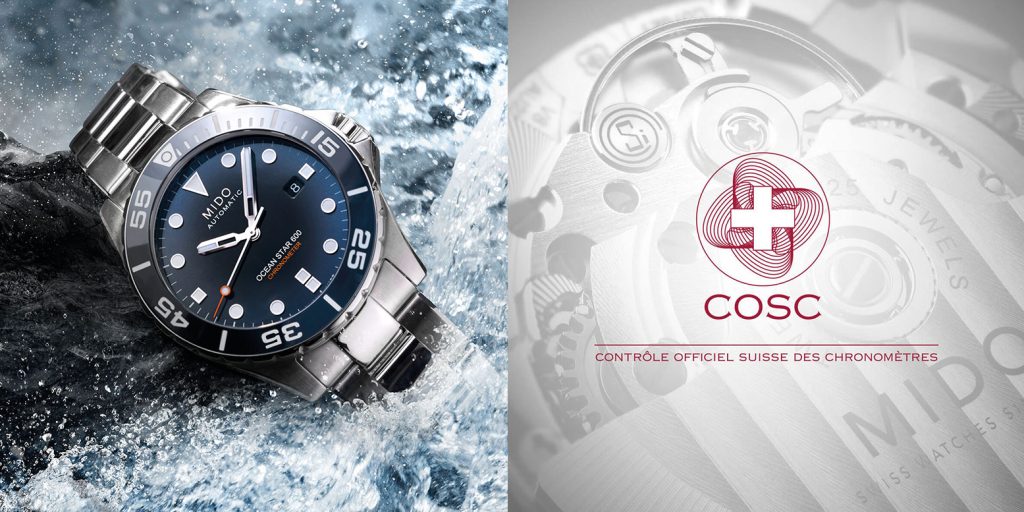Wristwatches are not just devices for telling time but also masterpieces of art and engineering created by great designers. Understanding the different types of watches and how they work will help you appreciate your watch even more. Here is some basic knowledge about the common types of wristwatches available today.
Basic Knowledge About Wristwatches
Classification by Place of Manufacture
- Swiss Watches
- Swiss Made, Swiss EB, Swiss Movement: These watches are known for their high accuracy and durability. To be stamped “Swiss Made,” a watch must meet the following criteria:
- Over 70% of the components must be produced in Switzerland.
- The watch movement must be assembled and quality checked in Switzerland.
- Swiss Made, Swiss EB, Swiss Movement: These watches are known for their high accuracy and durability. To be stamped “Swiss Made,” a watch must meet the following criteria:
- Japanese Watches
- Made in Japan: Watches that are manufactured and assembled in Japan.
- Japan Movement: Watches that are authorized to be produced and assembled outside of Japan.
- Taiwanese and Chinese Watches
- Watches made in Taiwan and China typically have lower accuracy and durability. They are often used for inexpensive or replica watches.

Types of Watch Movements
- Quartz Movement (Battery)
- Quartz watches use a quartz crystal to oscillate in an electric field, providing energy for the watch. This is the most common and affordable type of watch today.
- Eco-Drive Movement (Light-Powered Battery)
- Using Eco-Drive technology, these watches run entirely on natural or artificial light. They can operate for 6 months to a year after a full charge.
- Automatic Movement (Mechanical)
- Handwinding: The user must wind the watch manually by turning the crown.
- Automatic: The watch winds itself automatically through the wearer’s wrist movements. The user should wear the watch for at least 8 hours a day for optimal performance.
Types of Watch Crystals
- Mica
- A transparent synthetic material, often used for children’s or inexpensive watches. Mica is prone to scratches and becoming cloudy over time.
- Sapphire Glass
- Highly scratch-resistant but brittle and can shatter with strong impact. Sapphire glass comes in three types: thin-coated, thick-coated, and solid sapphire.
- Mineral Glass
- Hard and scratch-resistant, it doesn’t shatter easily and can be polished when scratched.
Watch Cases
- Stainless Steel/316L Stainless Steel
- Durable and resistant to oxidation, commonly used for high-end watches.
- Scratch-Resistant Alloy, High-Tech Ceramic (Tungsten, Ceramic)
- High hardness and excellent scratch resistance.
- Titanium Alloy
- Light, durable, non-oxidizing, with a matte white finish.

Watch Straps
Popular Types of Straps:
- Stainless Steel/316L Stainless Steel: Durable and non-oxidizing.
- Leather Straps: Made from animal hides like cow, calf, or crocodile, as well as synthetic and vegetable leather.
- Plastic, Rubber, Silicon, Nylon Straps: Popular for sports and fashion watches.
Watch Case Backs
Types of Case Backs:
- Snap-Back: Moderate water resistance.
- Screw-Down (Threaded): Good water resistance.
- Screw-Back: Moderate water resistance.
- See-Through Back: Allows a view of the movement inside, moderate water resistance.
Watch Bezels
Types of Bezels:
- Plain Bezel
- Set with Stones: Can be plastic, white stones, colored stones, or precious gems.
- Scratch-Resistant Bezel: Made from tungsten alloy or ceramic.
- Graduated, Compass Bezels: For sports watches.

See more: 99+ high-end Swiss-made Fake Richard Mille watch at Mon Luxury
Watch Dials
Materials and Styles:
- Colored or Polished Steel
- Mother of Pearl (M.O.P)
- Dials Without Date, With Date or Day-Date Function
- Chronograph Dials, Set with Stones or Diamonds
Water Resistance Levels
Measurement Units:
- 3 bar (30 meters/100 feet): Suitable for hand washing and light rain.
- 5 bar (50 meters/167 feet): Suitable for swimming and shallow diving.
- 10 bar (100 meters/330 feet): Suitable for swimming, river diving, and shallow sea diving.
- 20 bar (200 meters/660 feet): Suitable for high-impact water sports.
- 30 bar (300 meters/1000 feet): Suitable for professional deep-sea diving.

See more: 99+ high-end Swiss-made Fake Patek Philippe watch at Mon Luxury
Typical Sizes of Wristwatches
Men’s Watches:
- Small: < 36mm
- Medium: 37mm – 40mm
- Large: 41mm – 46mm
- Extra Large: > 48mm
Women’s Watches:
- Small: < 24mm
- Medium: 24mm – 30mm
- Large: 31mm – 36mm
- Extra Large: > 40mm
Watch Case Thickness
- Thin: 4mm – 6mm
- Medium: 7mm – 11mm
- Thick: 12mm – 14mm
- Very Thick: 15mm – 18mm
Watches with COSC “Chronometer” Certification
A chronometer is a watch that has been certified for accuracy by the COSC (Contrôle Officiel Suisse des Chronomètres). To achieve this certification, the watch must pass a series of stringent tests.

See more: 99+ high-end Swiss-made Fake Audemars Piguet watch at Mon Luxury
Permissible Error Rates of Watches
Automatic Watches:
- Average deviation of -1/+11 seconds per day. Accuracy depends on the wearer’s habits and usage.
Quartz Watches:
- Deviation from -0.5 to +0.7 seconds per day.
Impact of Temperature on Watch Durability
Watches perform best at temperatures between 5°C and 35°C. Extreme temperatures can affect accuracy and battery life.
Chronograph Watches
Chronograph watches have a stopwatch function, with buttons typically located on the right side of the watch case. There are three main types: Double Chronograph, Fly-back Chronograph, and Chronograph Monopusher.
Tachymeter Scale
A tachymeter is a tool for measuring speed, displaying km/h over a distance of 1000 meters.
Important Notes
- Avoid placing watches in high humidity environments, rapid temperature changes, or near strong magnetic fields.
- Do not wear the watch in hot water, hot showers, or saunas.
- For electronic (Quartz) watches, avoid placing them near strong magnetic fields.
Understanding your watch will help you use and maintain it properly, ensuring it remains beautiful and accurate.





